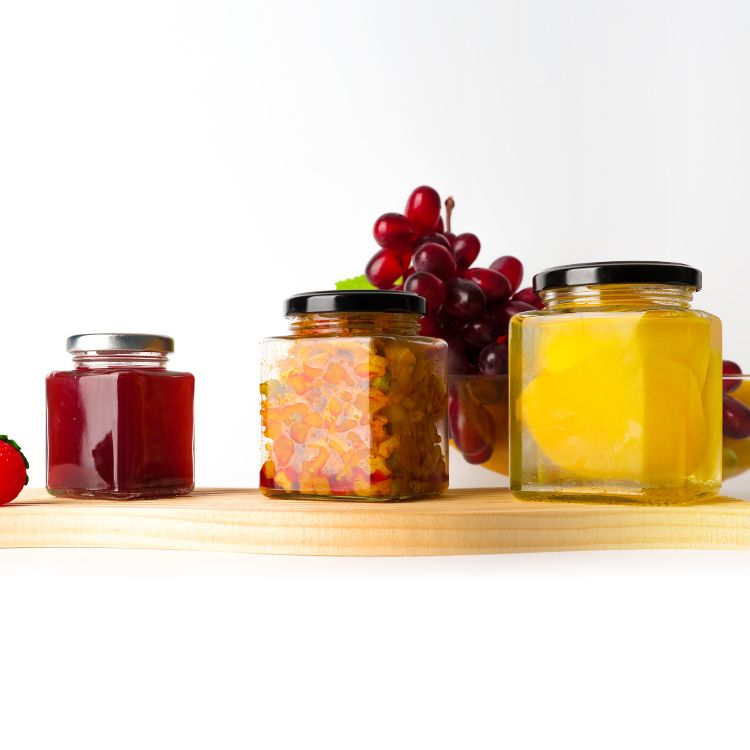Sourcing Packaging Solutions for the Food and Beverage Sector in 2025
Sourcing Packaging Solutions for the Food and Beverage Sector in 2025
As 2024 comes to an end, the food and beverage sector is gearing up for the changes of 2025, particularly in packaging procurement, which is set for considerable transformation. Companies will need to respond to evolving consumer preferences, new regulations, and sustainability initiatives to maintain their competitive edge. Continue reading for an in-depth exploration of the factors influencing the industry, important upcoming milestones, and the necessary adjustments in procurement strategies.

1.Sustainability as a Non-Negotiable
Consumer Demand: The importance of sustainability in packaging has evolved from being merely desirable to a fundamental necessity. Shoppers are now more inclined to choose products that utilize environmentally friendly materials, minimize plastic waste, and include recycled elements. According to a survey conducted in 2023, 70% of consumers take sustainability into account when deciding what to buy.
Procurement Implications: Businesses need to focus on obtaining materials that have a reduced environmental footprint, including options that are biodegradable, compostable, or made from recycled content. Collaborating with suppliers committed to circular economy practices will be crucial.
Key Date: In July 2025, new European Union regulations concerning the inclusion of recycled plastic in food packaging will take effect.
2.Compliance with Regulatory Changes
Consumer Demand: Customers anticipate that companies will adhere to rules designed to safeguard health, safety, and the environment. Globally, regulatory agencies are implementing more stringent requirements regarding materials that come into contact with food, as well as labeling and traceability practices.
Procurement Implications:Procurement departments need to remain updated on regulations that vary by region and collaborate with suppliers to guarantee adherence. Important aspects to keep an eye on include:
- EU's Packaging and Packaging Waste Regulation (PPWR): Effective January 2025, this regulation sets ambitious recycling and reuse targets for food packaging.
- FDA’s New Food Traceability Rule: Compliance becomes mandatory in March 2025, requiring companies to track and document the movement of food packaging components.
3. Smart and Connected Packaging
Consumer Demand: Shoppers are increasingly demanding clearer insights into where products come from, their freshness, and their authenticity. The use of intelligent packaging featuring QR codes, N FC technology, and various digital interfaces is gaining popularity.
Procurement Implications:Procurement departments need to identify and incorporate advanced connected packaging solutions. The use of digital twins for food packaging, RFID-equipped containers, and intelligent labels is expected to become commonplace.
Key Date:By Q2 2025, major retailers such as Walmart and Carrefour are expected to implement extensive tracking and traceability initiatives for their suppliers.
4. Cost Management and Inflationary Pressures
Consumer Demand: Consumers are increasingly interested in eco-friendly packaging, but they also prioritize cost. Striking a balance between affordability and innovative solutions will pose a significant challenge.
Procurement Implications: Fluctuations in the costs of raw materials, transportation, and labor will keep impacting procurement budgets. It will be essential to broaden the supplier base and secure long-term contracts through negotiation.
Key Date: Ongoing throughout 2025, as global economic uncertainty continues to influence costs.
5. Health and Safety Enhancements
Consumer Demand: In the aftermath of the pandemic, individuals are increasingly focused on food safety and cleanliness, leading to a heightened need for packaging that is tamper-proof, leak-resistant, and secure.
Procurement Implications: It will be essential to obtain packaging that includes anti-contamination properties, antimicrobial coatings, and secure seals to prevent tampering. Procurement departments need to assess potential new suppliers and ensure that materials comply with health regulations.
Key Date: Q3 2025, when new global standards for food-safe coatings are expected to be finalized.
Strategic Recommendations for 2025
- Supplier Diversification: Strengthen your supply chain by securing multiple suppliers for critical materials, ensuring they adhere to sustainability and regulatory standards.
- Tech-Enabled Procurement: Leverage software tools to monitor compliance, costs, and carbon footprints in real time, enhancing visibility and enabling data-driven decisions.
- Consumer-Centric Design: Align procurement strategies with consumer demands for convenience, transparency, and eco-friendly practices.
- Long-Term Contracts: Secure pricing and terms with suppliers to mitigate inflationary risks and guarantee a consistent supply of sustainable materials.